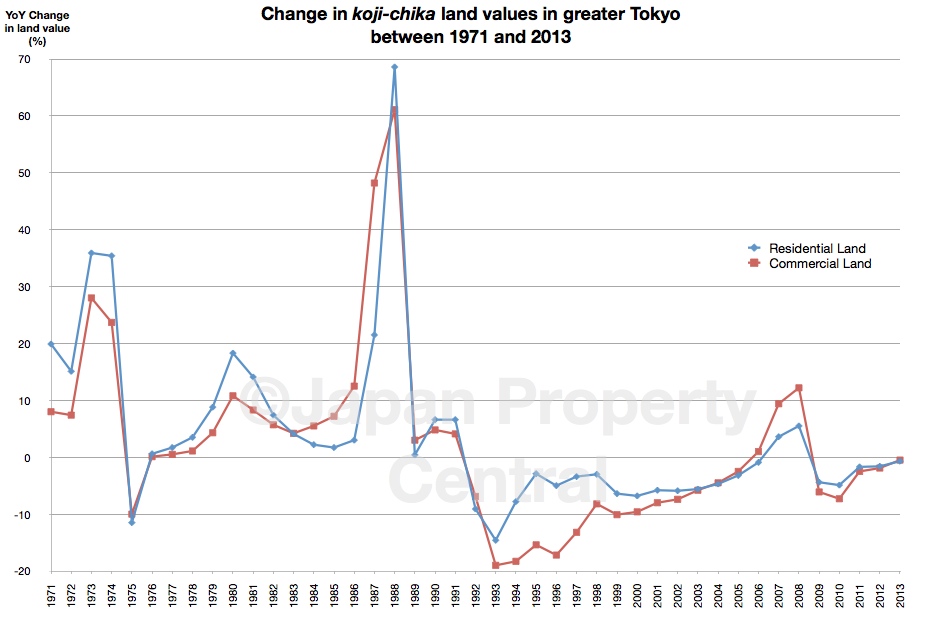Contents:


The transaction permits the borrower to have cash today instead of waiting for the payment terms to be settled in the future. Factoring is only available as a funding source for companies that sell on credit terms, meaning that a borrower sells a good , generating an invoice to its buyer for payment at a later date (terms may be 30, 45, or 60+ days). This expected future payment sits as an account receivable on the vendor’s balance sheet.
Bluegreen Vacations Reports Financial Results for Third Quarter 2022 – Business Wire
Bluegreen Vacations Reports Financial Results for Third Quarter 2022.
Posted: Thu, 03 Nov 2022 07:00:00 GMT [source]
Without an estimate for uncollectible accounts, net account receivables would be reported at an amount higher than their net realizable value. Record the cash received as a collection of the accounts receivable amount rein- stated in the first entry. Throughout the following year, the allowance account can be directly debited each time customers take the discounts and is adjusted up or down at the end of each reporting period. As part of a credit assessment process, companies will initially assess the individual creditworthiness of new customers and grant them a credit limit consistent with the level of assessed credit risk.
Intermediate Accounting (Kieso)
Insurance providers have many different approaches to account management and service. Throughout the life of the policy, the A/R insurance policyholder may request additional coverage on a specific buyer should that need arise. Download the A/R E-Book to uncover how Allianz Trade can help your business protect its assets and grow with confidence. Adam Barone is an award-winning journalist and the proprietor of ContentOven.com. He has 5+ years of experience as a content strategist/editor.
Without the factoring arrangement, the business must take time to secure and collect the receivable; the factor offers a reduction in additional effort and aggravation that may be worth the price of the fee paid to the factor. A note receivable is an unconditional written promise to pay a specific sum of money on demand or on a defined future date and is supported by a formal written promissory note. For this reason, notes are negotiable instruments the same as cheques and bank drafts.
Accounts Receivable Factoring vs. Traditional Operating Line of Credit
You will see that the recourse liability to Savoy results in an increase in the loss on sale of receivables by the recourse liability amount of $5,000. If there were no uncollectible receivables, Ashton will eliminate the recourse liability amount and decrease the loss. Savoy’s net income will be the finance fee of $16,000 with no reductions in revenue due to uncollectible accounts, since these are being guaranteed and assumed by Ashton. The accounting treatment will be the same for IFRS and ASPE since both sets of con- ditions have been met. If no returns and allowances are given to customers owing the receivables, Ashton will recoup the $8,000 from the factor. In turn, Savoy’s net income will be the $16,000 revenue reduced by any uncollectible receivables, since it now has assumed the risks/rewards and control of these receivables.
Using accounts receivables to obtain financing effectively shorten the operating cycle, hastens the return of cash to productive purposes, and alleviates short-run cash flow problems. The costs of these arrangements include initial fees and interest on loans collateralized by the receivables. Also, certain risks may be retained by the seller, including bearing the cost of bad debts, cash discounts, and sales returns and allowances. Accounts receivable result from credit sales in the normal course of business that are expected to be collected within one year. For this reason, they are classified as current receivables on the balance sheet and initially measured at the time of the credit sale at their net realizable value . Net realizable value is the amount expected to be received from the customer.
For each item, indicate if it is added to balance per bank statement, deducted from balance per bank statement, added to balance per books, or deducted from balance per books. Prepare a bank reconciliation dated June 30, 2017, proceeding to a correct cash balance. The factor funds your company with an advance ranging from 70% to 90% of the invoice amount. You lose control of your customer relationships in a factoring agreement.
For example, management might delay a direct write-off to keep net income high artificially if this will favourably affect a bonus payment. It’s sometimes helpful to use a “T” account when determining the proper allowance amount. A/R factoring is more expensive than a traditional bank line of credit but offers higher advance rates and greater flexibility around the uses of the loan proceeds.
What Is a Factor?
As can be seen above, the net method records and values the accounts receivable at its lowest, or net realizable value of $39,400, or gross sales for $40,000 less the 1.5% discount. Manufacturers and wholesalers publish catalogues with inventory and sales prices to assist purchasers with their purchases. Catalogues are expensive to publish, so this is only done from time to time. Sellers often offer trade discounts to customers to adjust the sales prices of items listed in the catalogue.

accounting basics Receivable $82,000 Allowance for Doubtful Accounts 1,750 Sales, Net Revenue $430,000 – Instructions – Using the data above, give the journal entries required to record each of the following cases. – (Each situation is independent.) 1) To obtain additional cash, Sinatra factors without recourse $20,000 of accounts receivable with Stills Finance. 2) To obtain a one-year loan of $55,000, Sinatra assigns $65,000 of specific receivable accounts to Ruddin Financial. The finance charge is 8% of the loan; the cash is received and the accounts turned over to Ruddin Financial.
Factoring, on the other hand, will often cost 1.5%-3% per month (for an annualized rate of 20%-45%). Explain the purpose of adjusting entries as they relate to the difference between cash and accrual accounting. Explain how inventory accounting affects the cost of goods sold. Describe the effect of a “bargain-purchase option” on accounting for a capital lease transaction by a lessee.
Discount on Notes Receivable: Explanation
Question 1 Selling receivables to an institution but then being… Learn about your potential trade risks with a free risk evaluation. We’re always producing new content to help businesses understand economic trends and navigate trade uncertainty. You have to go through the factor in order to contact a customer.
What entrepreneurs and investors need to know about factoring … – The Business Journals
What entrepreneurs and investors need to know about factoring ….
Posted: Thu, 10 Sep 2020 07:00:00 GMT [source]
Depending on the company’s finances, it may need that cash to continue operating its business or funding growth. The longer it takes time to collect the accounts receivables, the more difficult it is for a business to run its operations. Factoring allows a company to sell off its receivables at one time rather than having to wait on collecting from customers. The receivables are sold at a discount, meaning that the factoring company may pay the company with the receivables 80% or 90%, depending on the agreement, of the value of the receivables. This may be worth it to the company in order to receive the influx of cash.
For larger companies, there is the potential to lose between $10,000 to $100,000 for every $1 million in factored receivables. As a guideline though to pricing, we can say that the accounts receivable insurance premium is based on a percentage of the company’s sales – usually a fraction of one percent on average. Sometimes the rate will be higher or lower depending on variables like those mentioned above.
Therefore, the additional Br.20 is a finance charge for delaying payment. The balance of $240,000 will be forwarded by the factor to Clothing Manufacturers Inc. upon receipt of the $1 million accounts receivable invoice for Behemoth Co. The factor’s fees and commissions from this factoring deal amount to $40,000. The factor is more concerned with the creditworthiness of the invoiced party, Behemoth Co., than the company from which it has purchased the receivables. Selling, all or a portion, of its accounts receivables to a factor can help prevent a company that’s cash strapped from defaulting on its loan payments with a creditor, such as a bank.
Journal Entries for Factoring Receivables
The balance in the allowance account is deducted from accounts receivable in the balance sheet. Recourse factoring is the most commonly used form of AR factoring. With recourse factoring, if a customer fails to pay, you are responsible for buying back the invoice from the factoring company. The factor tries to offset the risk of non-paymentby assessing the customer’s creditworthinessand applying collection calls between days after the invoice was sent. If the factor is unable to collect on the invoice within 90 days, the factor may “recourse” the invoice back to you. You may then need to use a collection agency to collect on the invoice.

The transaction document is usually referred to as a promissory note. A company paid cash to a customer as a refund for an overcharge. How does this transaction affect the company’s assets, liabilities, and owner’s equity? Indicate whether each increases, decreases, or stays the same. How does the collection of an account receivable affect net income and cash from operations? Explain whether each of these measures increases, decreases, or is not affected.
Alternatives for Monetizing Trade Payables (or Receivables) – Treasury & Risk
Alternatives for Monetizing Trade Payables (or Receivables).
Posted: Thu, 22 Oct 2015 07:00:00 GMT [source]
By discounting a note with recourse, the endorser has a contingent liability. A contingent liability is a possible liability that may or may not occur depending on some future event. Just as in most business and investment transactions, the higher the risk, the higher the interest rate.
Under IFRS, the guarantee means that the risks and rewards have not been transferred to the factor, and the accounting treatment would be as a secured borrowing as illustrated above in Cromwell—Note Payable. Under ASPE, if all three conditions for treatment as a sale as described previously are met, the transaction can be treated as a sale. During the reporting period, the allowance for sales returns and allowances asset valuation account can be directly debited each time customers are granted returns or allowances.
- Basically, the risk of uncollectibility remains with the seller and does not transfer to the buyer.
- In this case, the transferor maintains the receivables on its books, records a liability, and recognizes interest over the loan term.
- According to contract law, when you go to a department store and purchase an item, what have you done?
If discounts are significant, this would overstate accounts receivable and sales in the financial statements. Companies wishing to avoid the 30 to 60 day collection period for accounts receivables can generate cash immediately by either assigning, or factoring, their accounts receivable. Assignment is a borrowing-type arrangement in which assigned accounts receivable are pledged as security for the loan received.

Leave A Comment